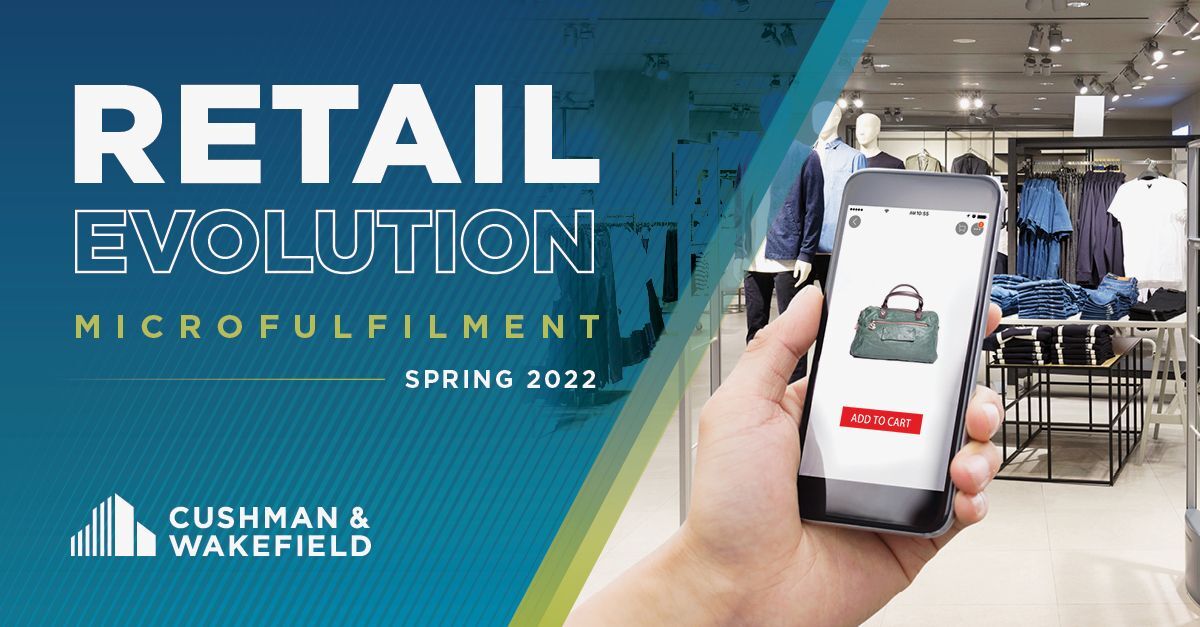The migration to online shopping has substantially increased over the past decade. This growth was further accelerated by the Covid-19 pandemic, which spurred around five years of growth in 2020 alone.
Customers are now moving seamlessly between online and in-store shopping, presenting retailers with challenges on meeting demand and serving customers all while focusing on reducing operational costs. In this report, we look at microfulfilment as a solution to this shift, as well as the increasingly competitive market for warehouse space. Microfulfilment is the utilisation of bricks and mortar stores to fulfil other functions and ‘work harder’.
Key Findings:
- Last mile logistics account for more than 40% of total delivery costs. So, the location of properties used to distribute online orders is an important consideration
- Logistics properties remain the most efficient place for distribution of online orders, but stores represent another option for retailers in this competitive environment
- Store based fulfilment is more appropriate for some types of retail space than others due to their size and access, which could prove logistically tricky to orchestrate this type of function or put the instore experience at risk
- Stores typically cost more per square foot as real estate than warehouses, so any store floor format needs to be carefully considered to maximise the benefits to the business.
- Retailers need to talk to their landlords about how to alter buildings and how they can work together to capture the value that microfulfilment represents
- This strategy is one that can effectively create added value onto existing space within one’s real estate portfolio and should be a part of conversations in evaluating real estate portfolios.



